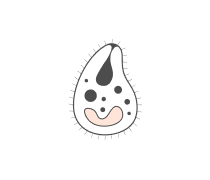Myiasis And House/Stable Flies.
- IB Biology HL
- AP Biology
- VetMed
2.
You may optionally provide this to label your report, leaderboard, or certificate.
Submit
Submit
Submit
×
Thank you for your feedback!
















